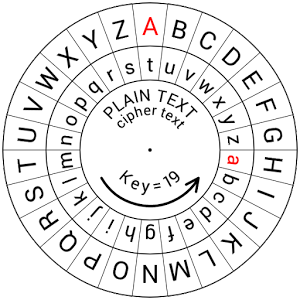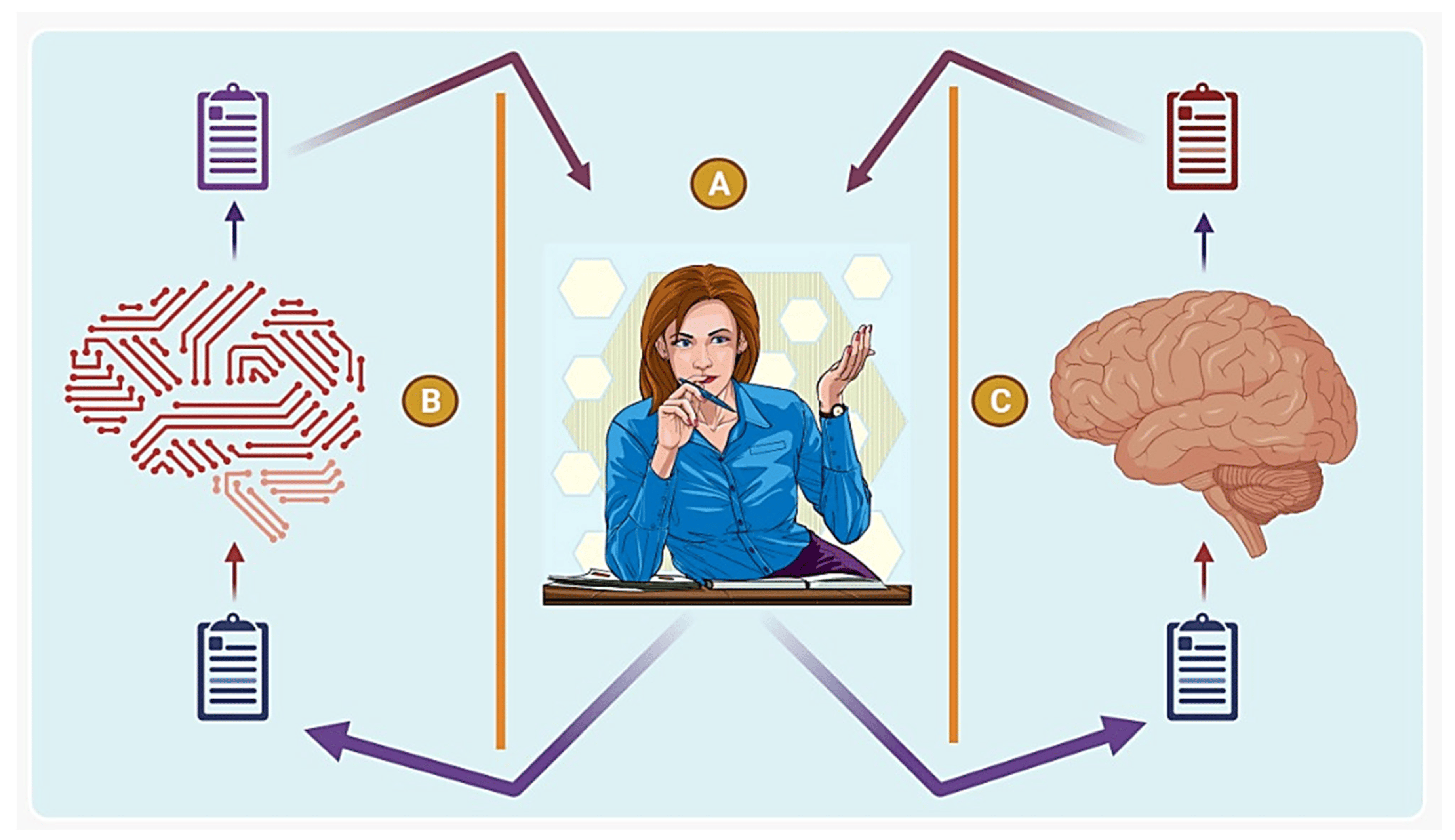
Codes and ciphers are different ways of encrypting a message to ensure secrecy and security. How do they work?
Codes and ciphers are both techniques used to transform messages into a seemingly illegible form so that only selected people can understand them. thereby ensuring secrecy and security
A cipher is a more basic form of encryption. It involves the rearrangement or substitution of the letters of the alphabet in the message. On the other hand, the code works on a higher level of encryption. It replaces entire words or phrases with secret words or numbers.
Consider a simple message: ‘The ship has left the port.’
Now, if each letter is replaced by a number, for example.
A=1, B-2, C-3 and so on, the message will become
20-8-5 19-8-9-16 8-1-19 12-5-6-20 20-8-5 16-15-18-20. This is a cipher.
Now, if the ship' is replaced by the word Alpha' and the phrase 'has left the port’ by the number '1', then the code would be 'Alpha 1'.
Picture Credit : Google





